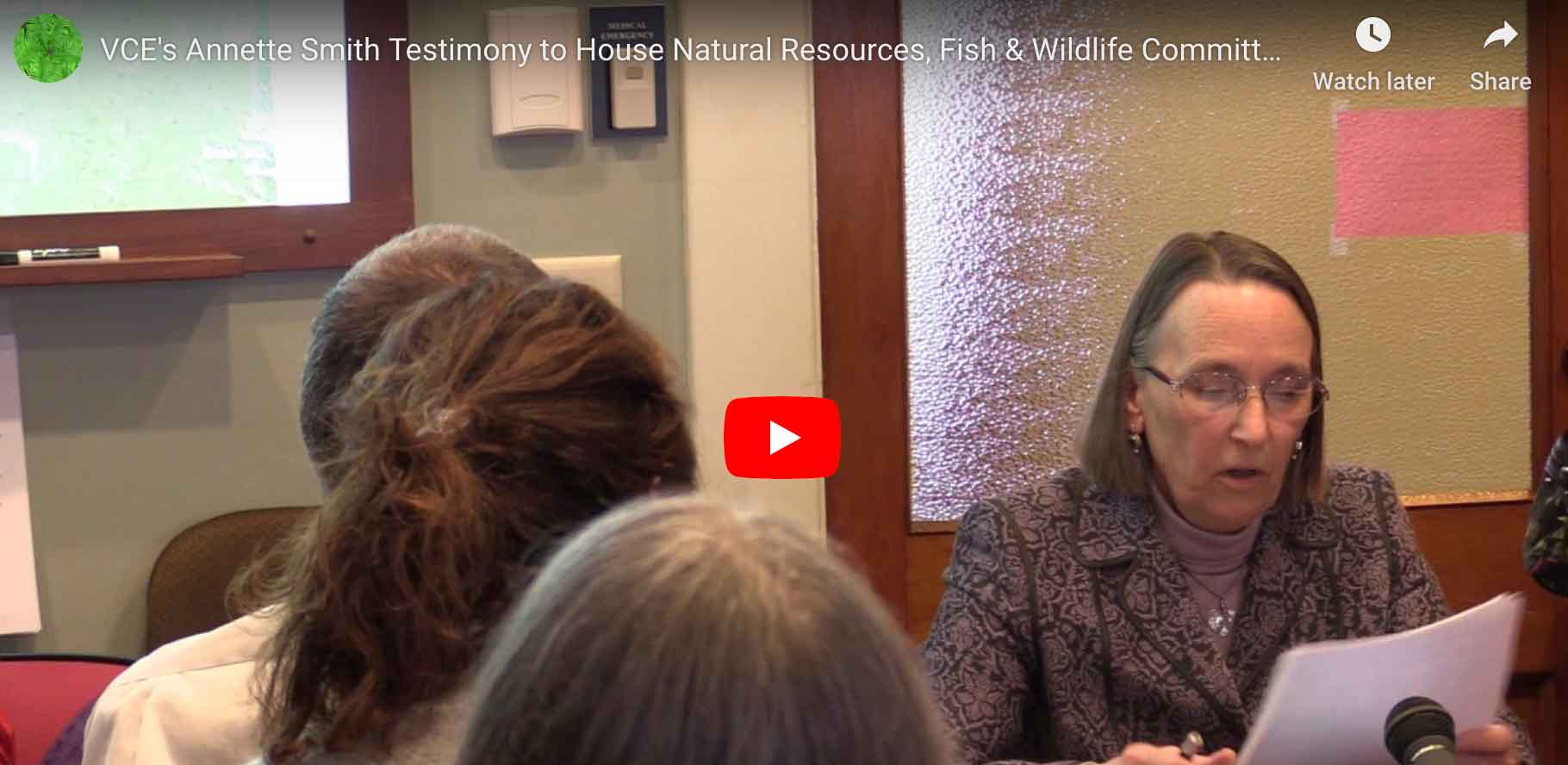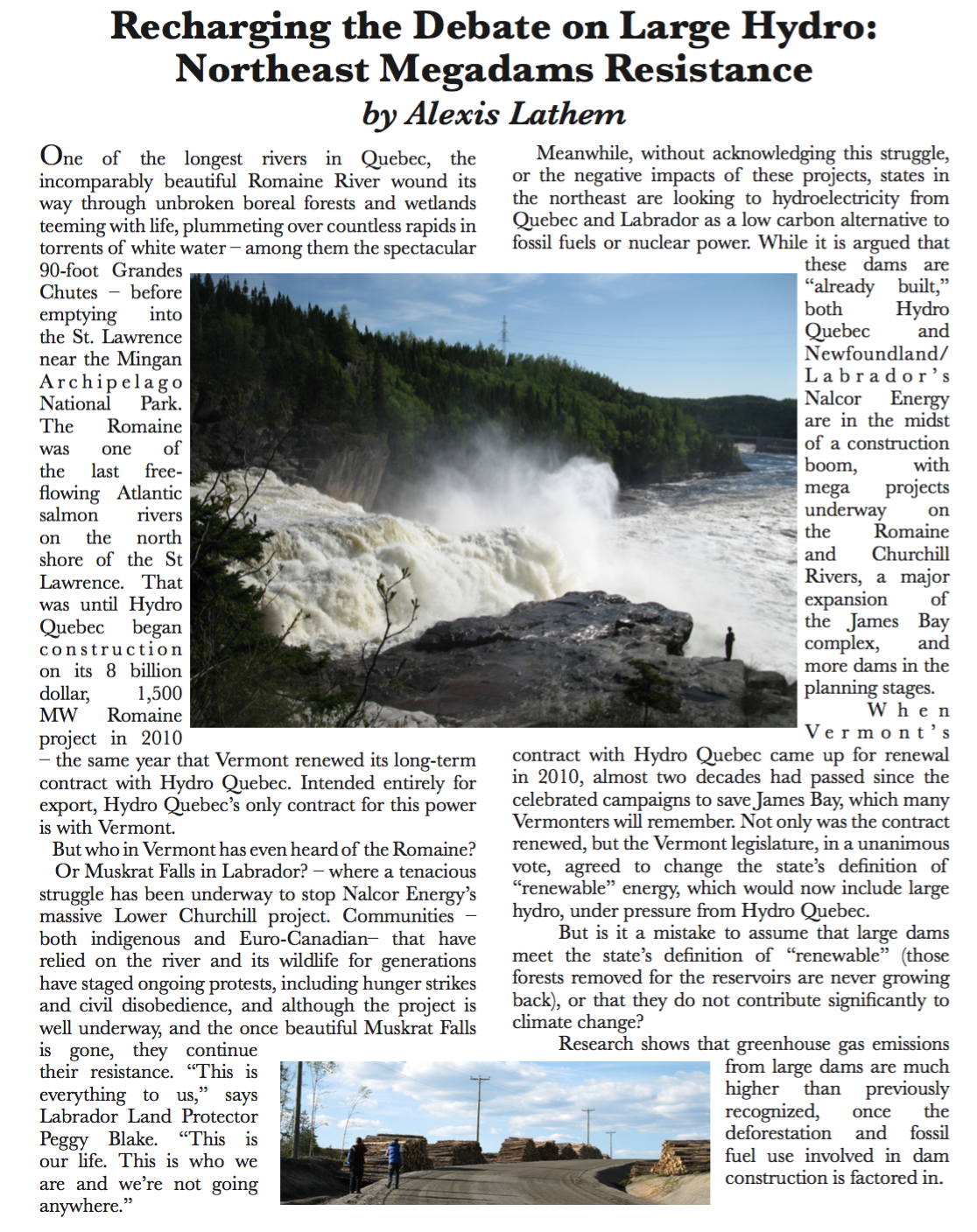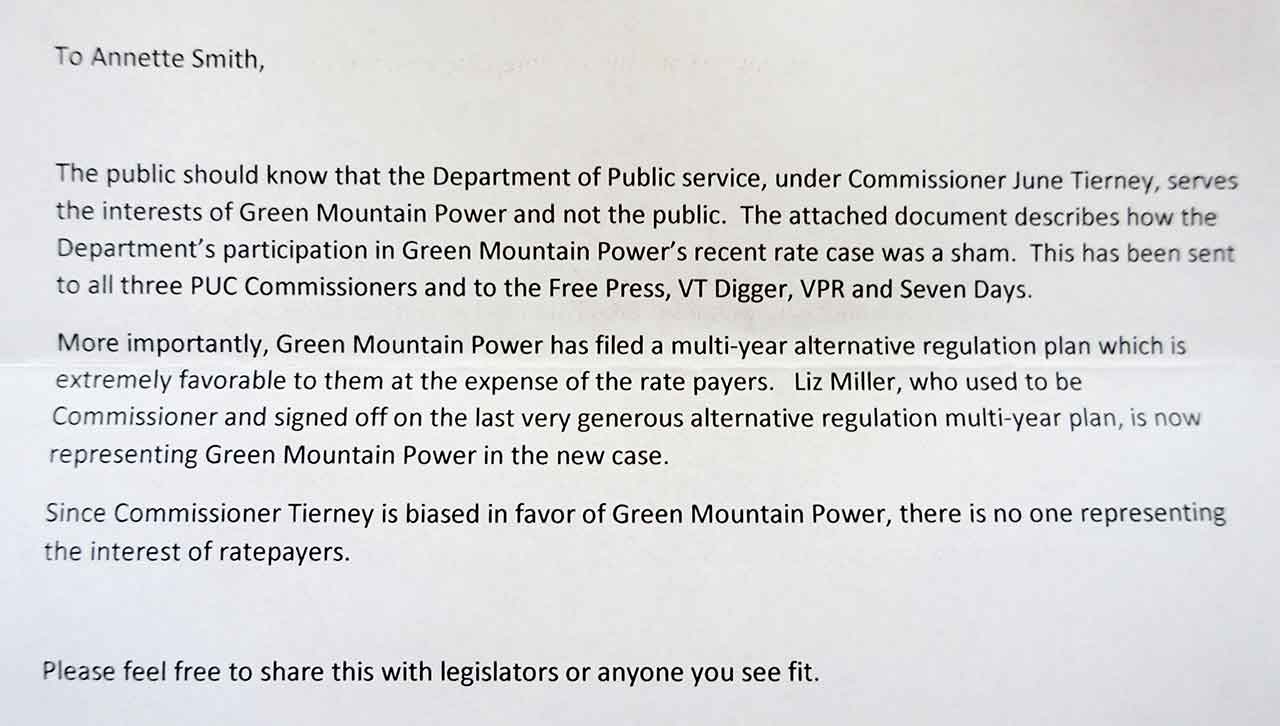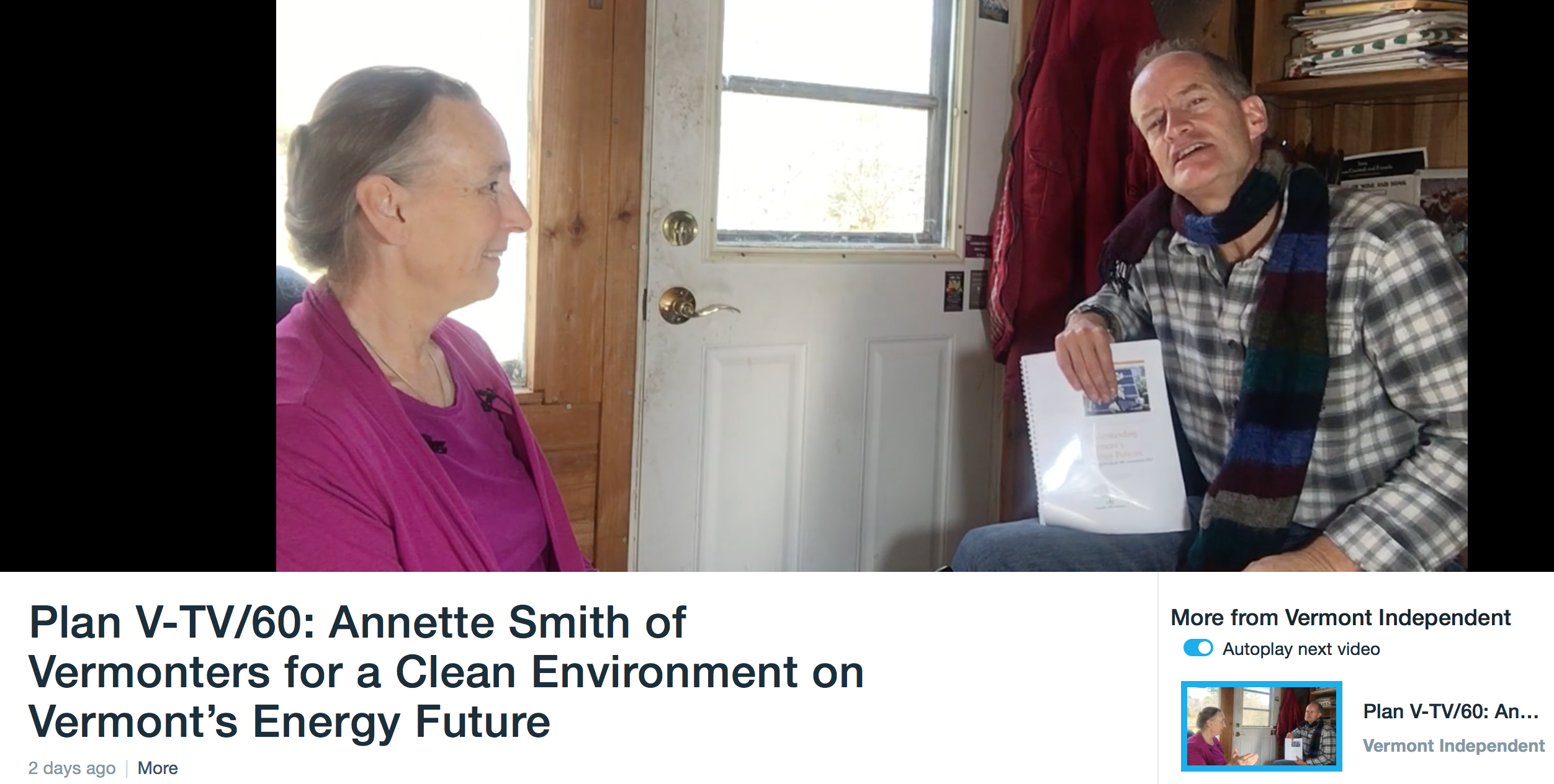Energy Policy in Vermont
In our discussions with Vermonters it became evident that most residents do not understand the statutory mechanisms to achieve the state’s renewable energy goals. To that end, VCE authored a white paper, “Understanding Vermont’s Energy Policies,” to provide an overview of enacted policies, a discussion about northern Vermont’s grid constraints, and information about Vermont as part of the regional electric grid.
Vermont has a complicated set of energy policies. They include
- A Renewable Energy Standard (RES)
- A standard-offer program
- A net-metering program
- Act 174’s energy planning process
- Arbitrage with Renewable Energy Credits (RECs)
In addition, Vermont has both utility and merchant developers with different regulatory oversight and competing profit motives. And there are unexpected costs due to electric grid limitations in northern Vermont.
The complexity and unintended consequences of these policies raise questions for more than one type of stakeholder. Ratepayers, taxpayers, advocates, property owners, developers, investors and utilities have affected interests.
Decision-makers are still learning about the technical issues associated with the grid accepting high levels of intermittent renewable generation. Utilities and regulators need to perform more analysis and planning to better inform residents of costs to solve the problems. Perhaps most importantly, residents need to understand these policies. Only then can they assist policy makers to identify and fix energy policy problems.
- Do Vermont’s policies result in environmental benefits (emissions reductions)?
- How does Vermont account for meeting the state’s “90% renewable by 2050” goal?
- How can Vermont update energy policies to address emerging issues?
Read more in VCE’s white paper on Vermont’s Energy Policies, or scroll our posts below.






